This is probably a question that can equally be aimed at psychology students as well as Historians or Family Historians and one that is probably far more advanced than my level of education! Having said that, I do have my own thoughts and views on the subject, as I am sure you all have.
I would say that to a certain degree a lot of what shapes us today is inherited and part of our DNA, but not everything about us, comes from inherited DNA. We also learn from a young age from what we see and what we are surrounded by, a child will learn from a step-father equally as much as from a biological father. What we do learn and discover does not necessarily have to define us, we are all individual and unique and although we learn through both nature and nurture, there is also a certain amount of 'free spirit' within all of us. It is that 'free spirit' and ability to challenge what we know and what we accept, that makes us all different. The amount of 'free spirit' in each and every one of us will be different, even siblings can be vastly different in their make up.
Our memories can also cloud our thought processes in both a positive and negative way. When I think about my childhood and the school holidays, for example, all I can remember are gloriously sunny days and playing out every day. The reality is of course that I am only remembering the good bits, we no doubt had just as many awful summers back then as we do today, but my selective memory only picks out the 'good bits'. Memories can also be heavily influenced by emotions, both good and bad, those emotions then become permanently attached to the memories. Our past shapes the person that we are today for the good and the not so good. How we view our past experiences both consciously and subconsciously will shape how we approach life today.
You are not your past, nor are you your ancestors past. Your past does not define your future, but it certainly helps to shape it, either consciously or sub-consciously.
Nobody can predict the future and what it will bring. But, it is important to recognise that the only way you can plan for the future is by drawing on your memories of the past. Whether that includes your ancestral memories and the memories of your ancestors is still up for debate.
I don't have the answers to the original question, but I would be really interested to hear the thoughts of others, especially those who have real life experiences that they can say have defined their own lives.
My Dad sadly died when I was just 3 years old, I was too young to have any memories of him, do I think it shaped my future? Absolutely, of course it did. It totally changed my life, without me even realising it. I grew up with a completely different life to the one that I could have had. As I have grown older, that thought has filled my head all the time. The 'what-if's' and the moments that I have missed. Has that shaped my future, definitely it has, but so have many other things? We are all a mixture of a lot of things and what happens in our past will definitely be a part of who we are today, but not every part. We are defined and shaped by our past, our present and we also have the power to influence and make changes in the future. So, our past does shape our future, but it doesn't have to define who we are today.

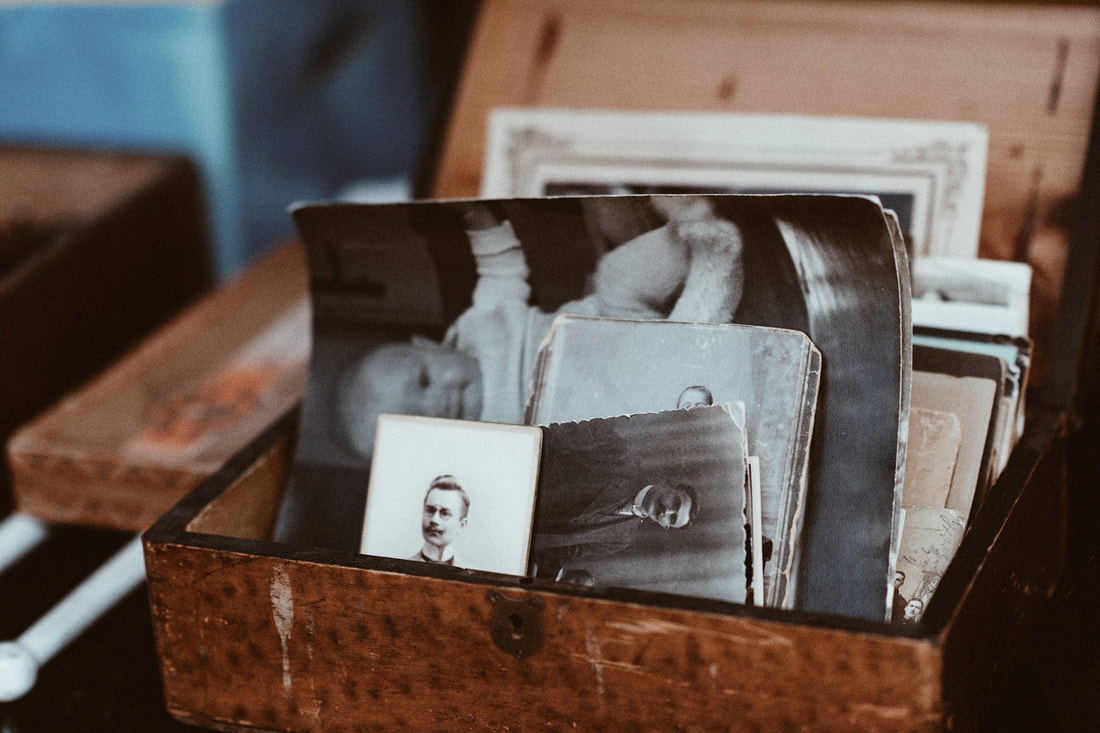

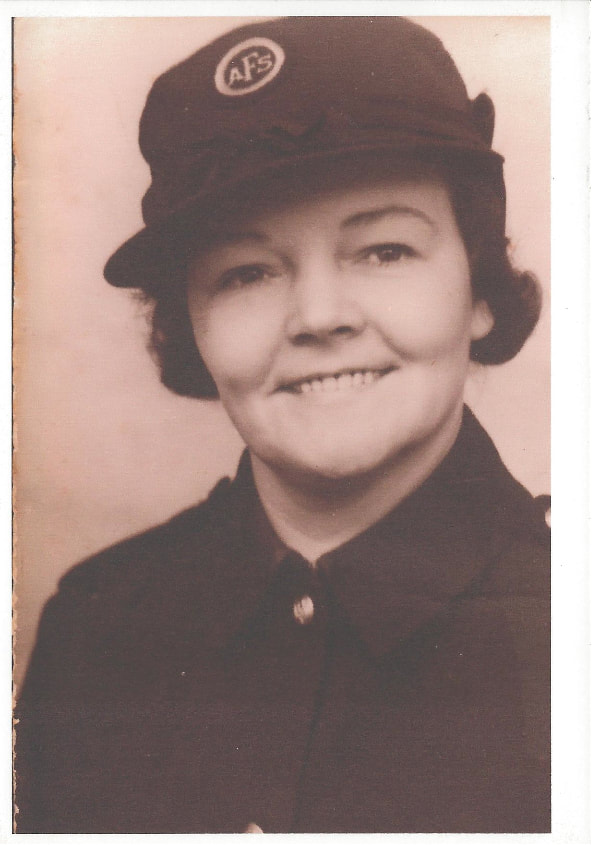

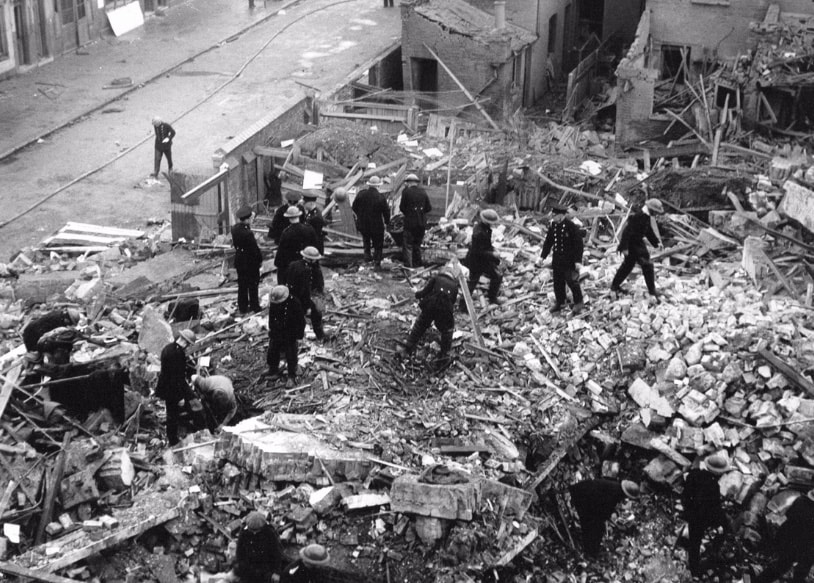
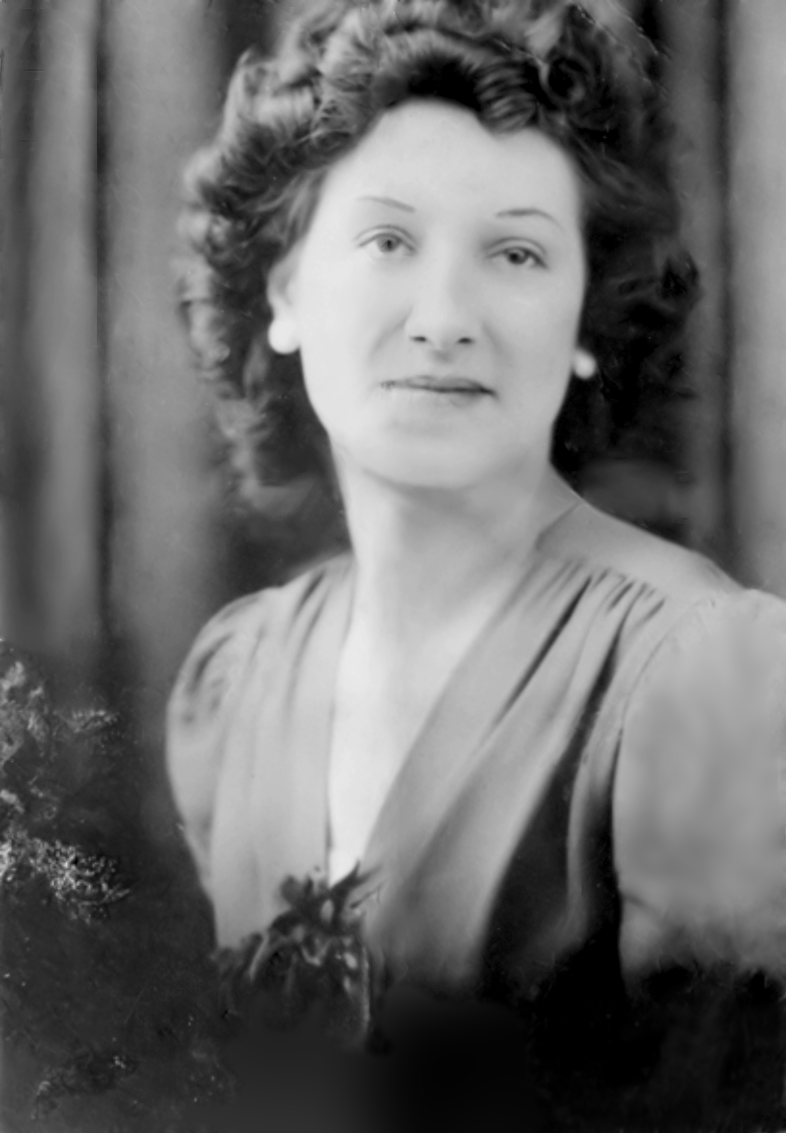
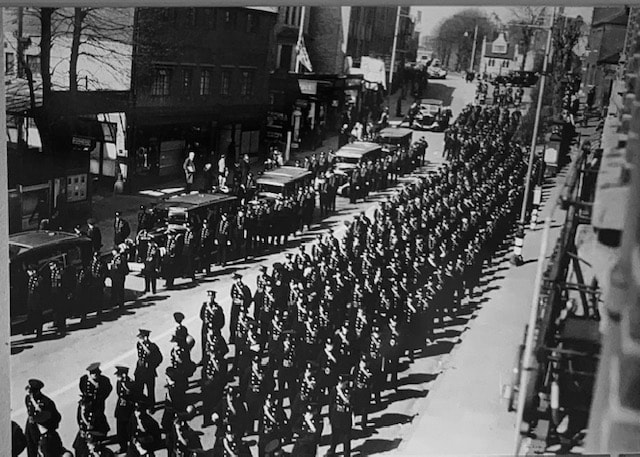

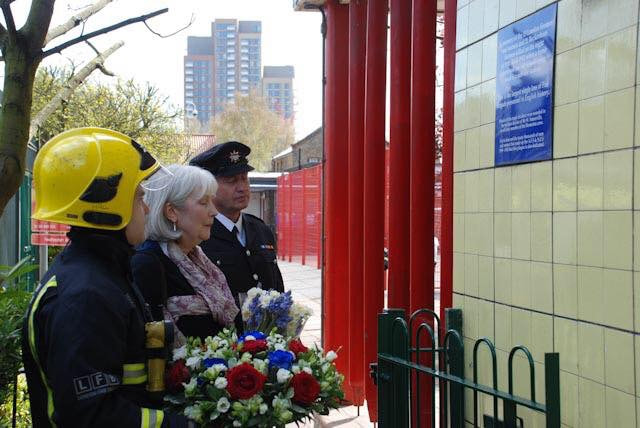
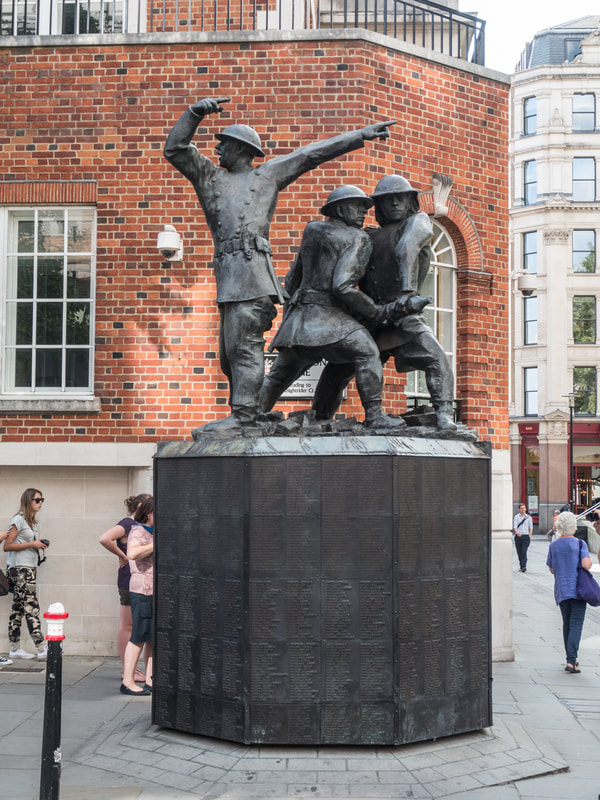
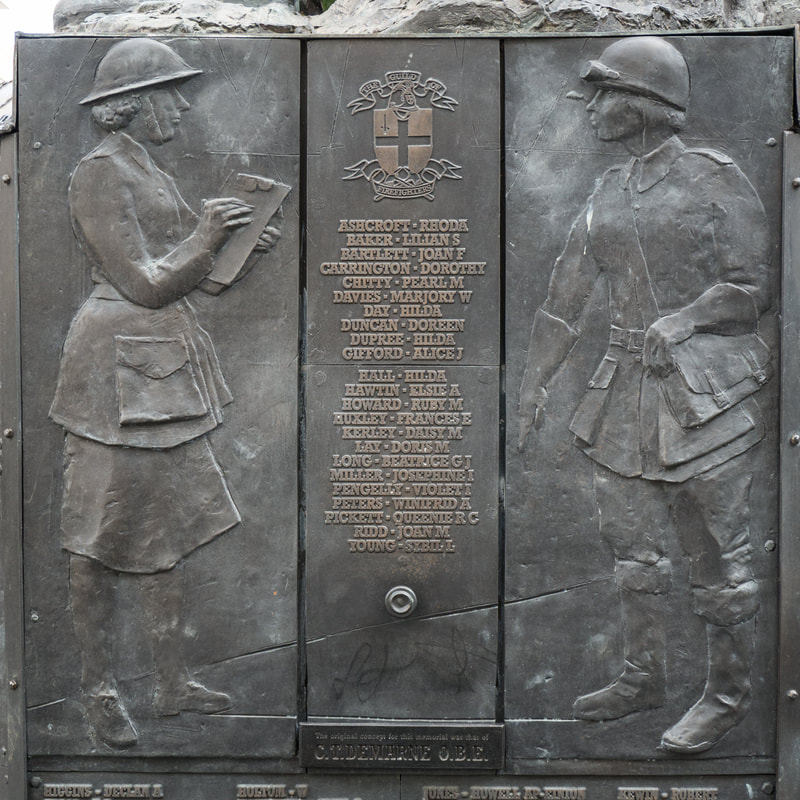
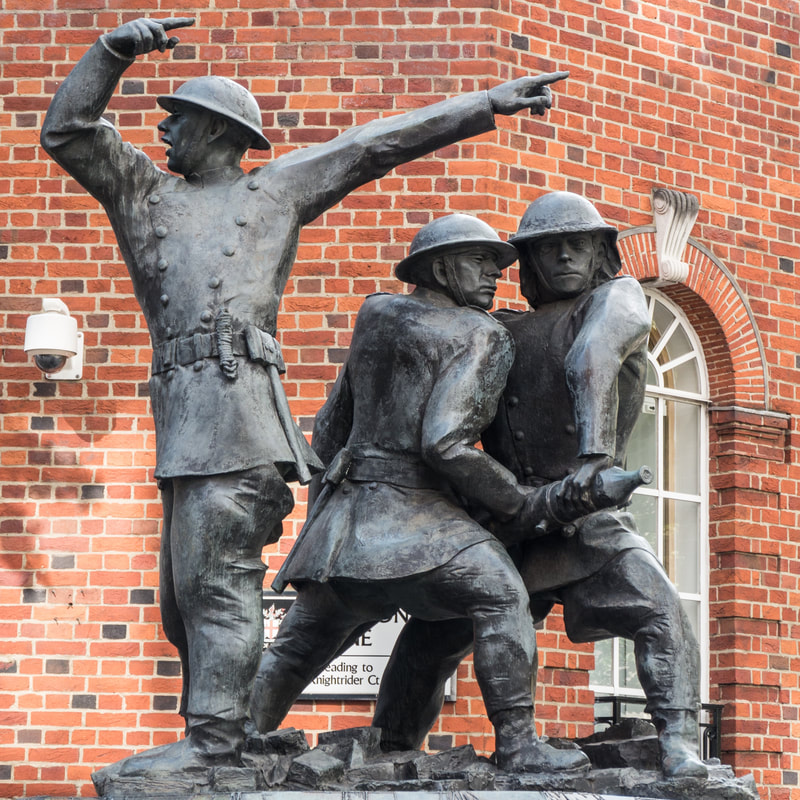

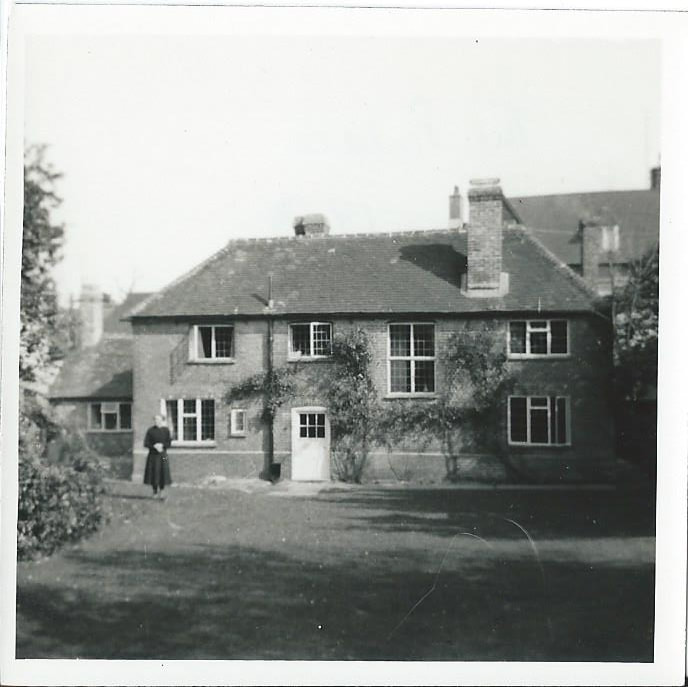
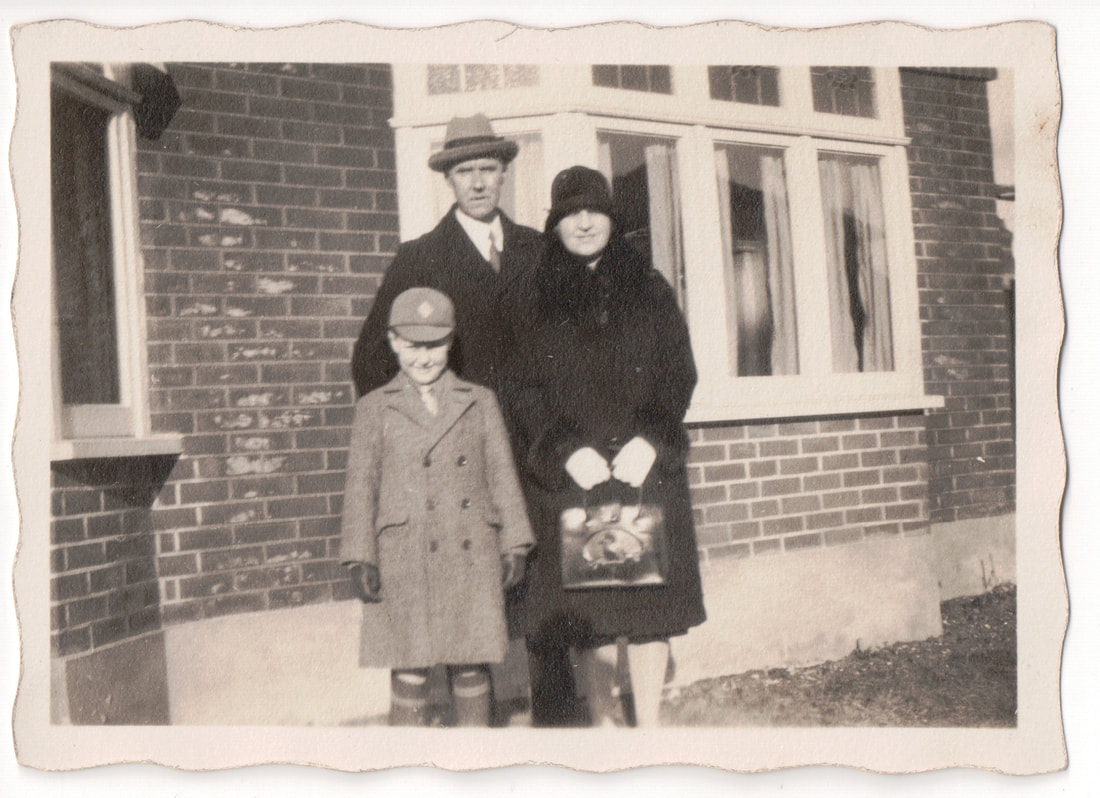
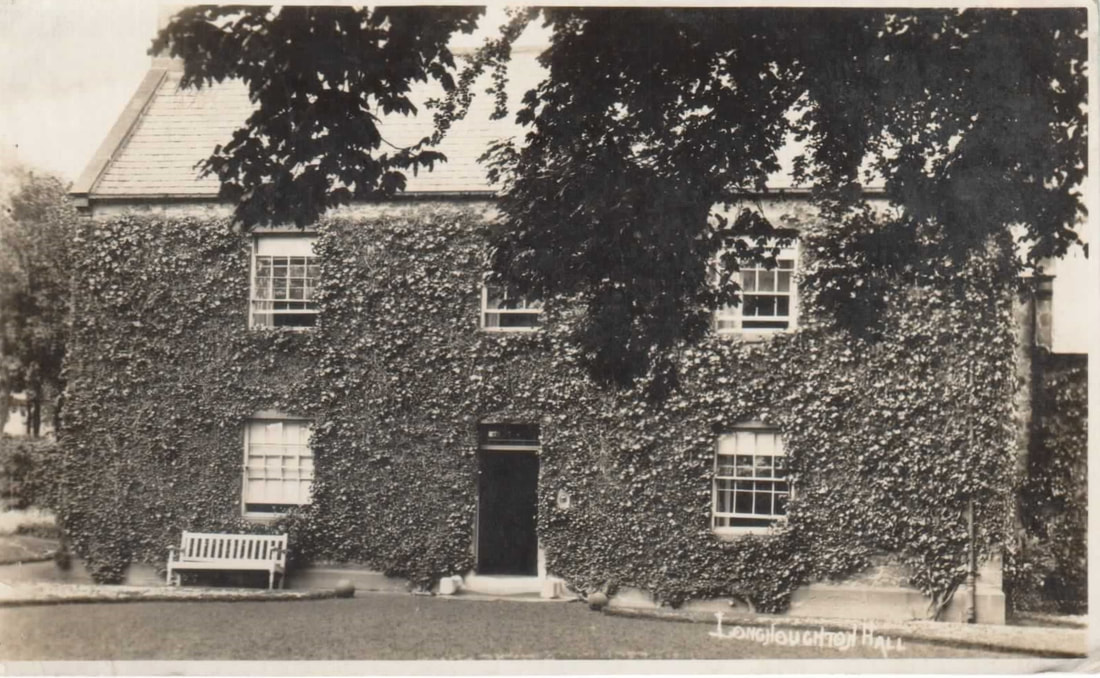

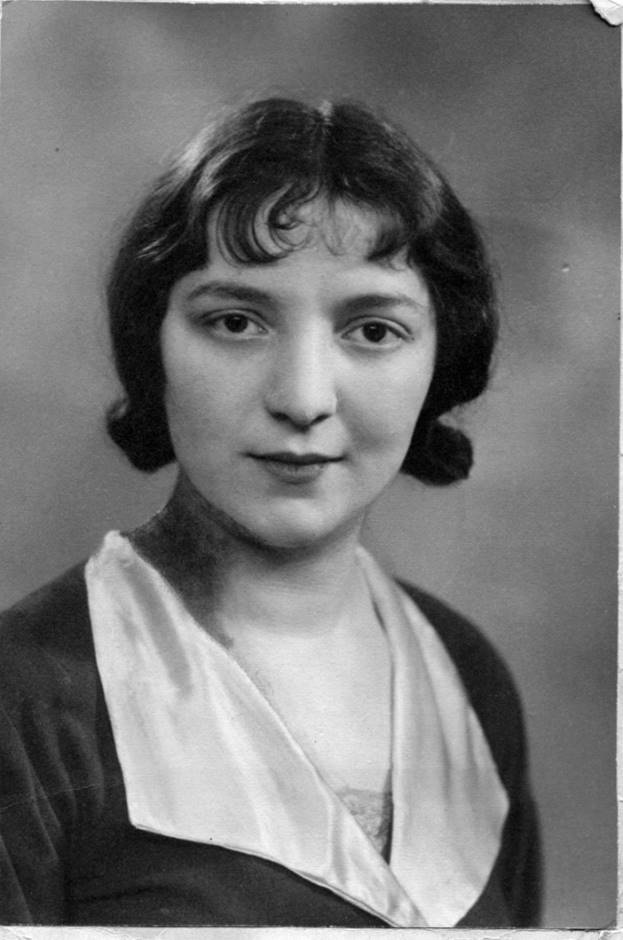

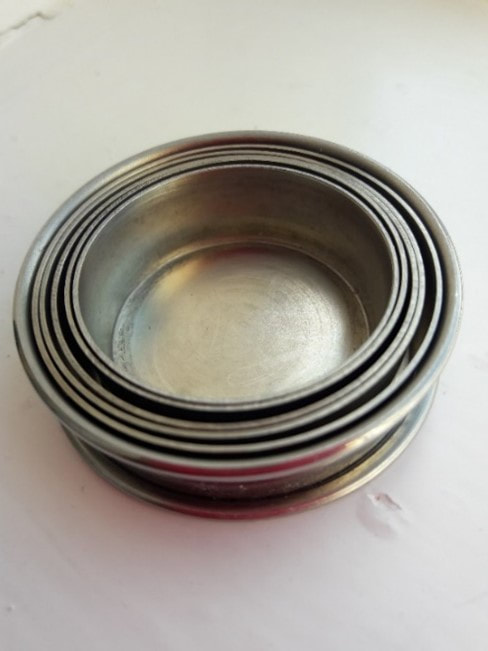
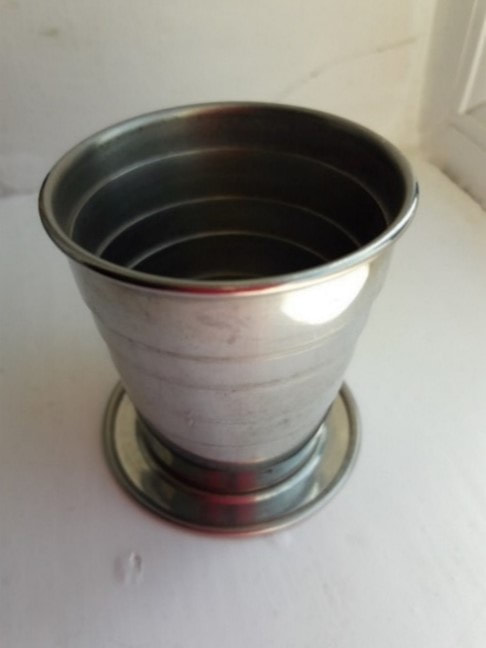
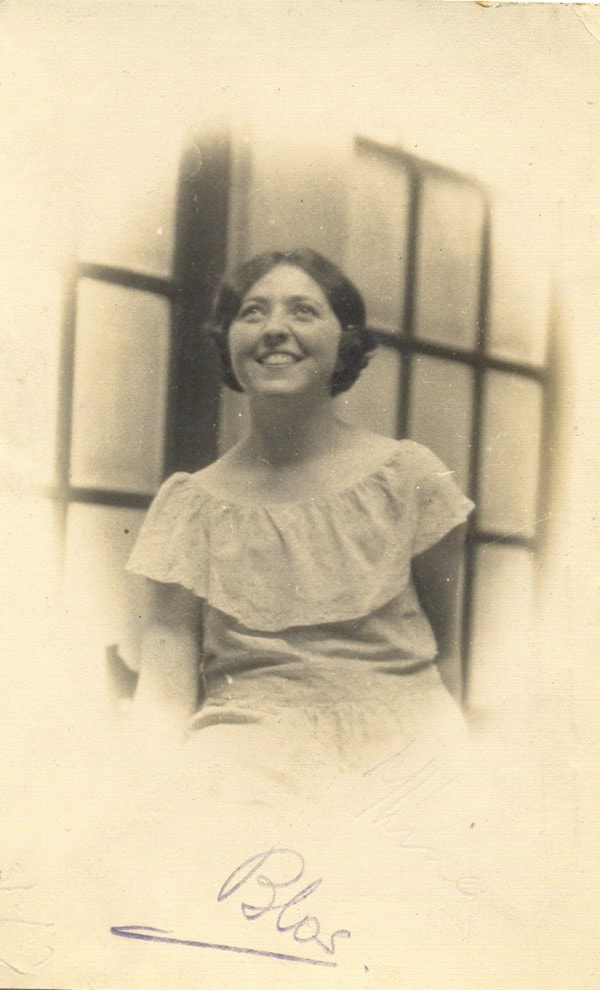
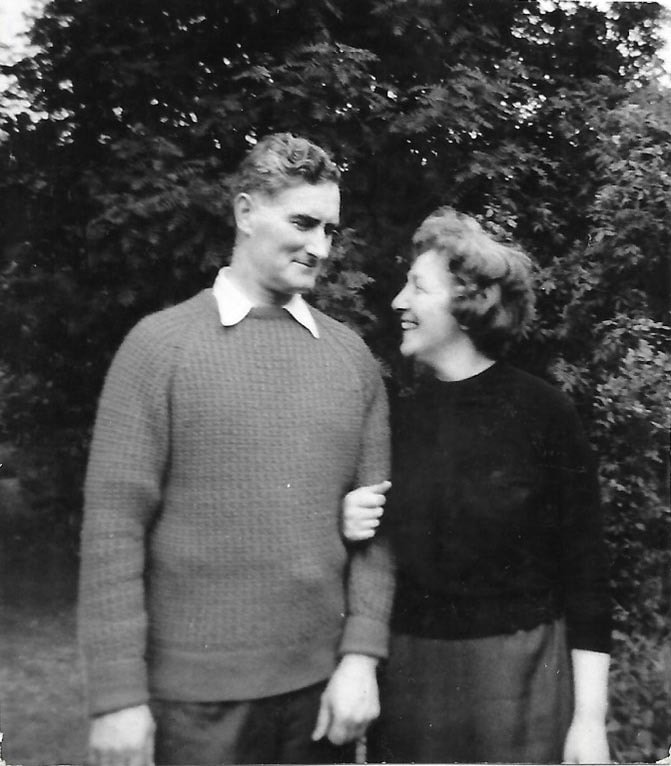
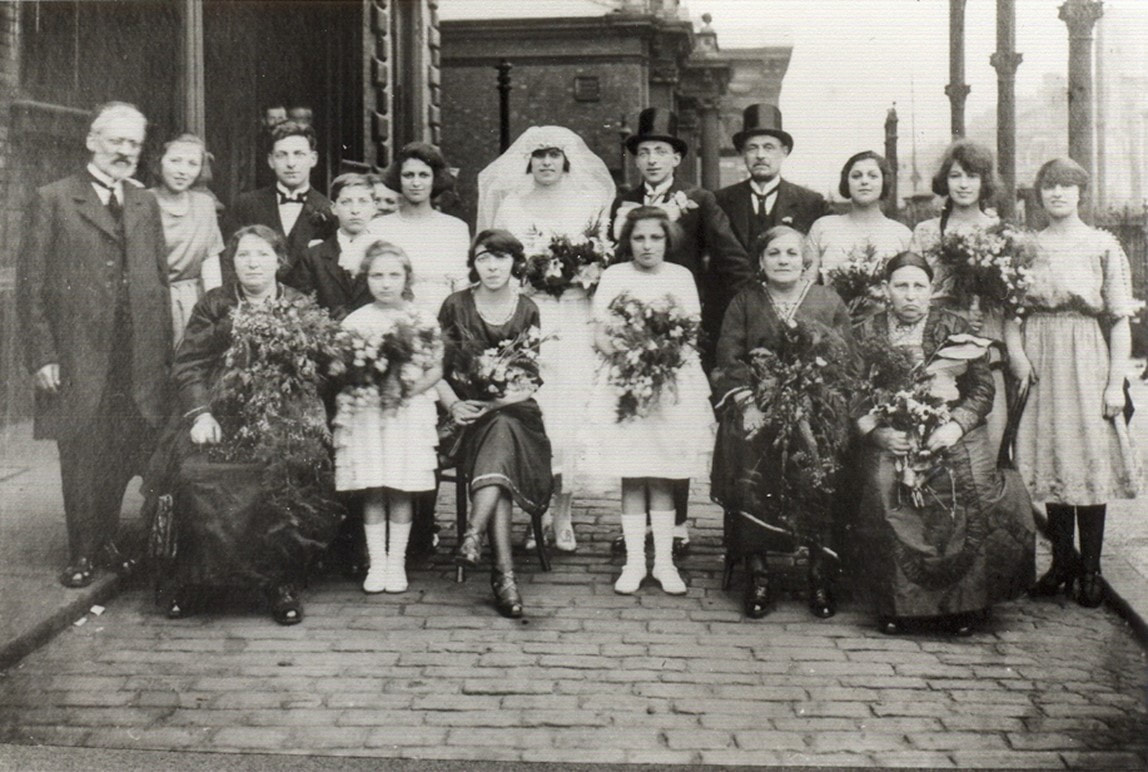
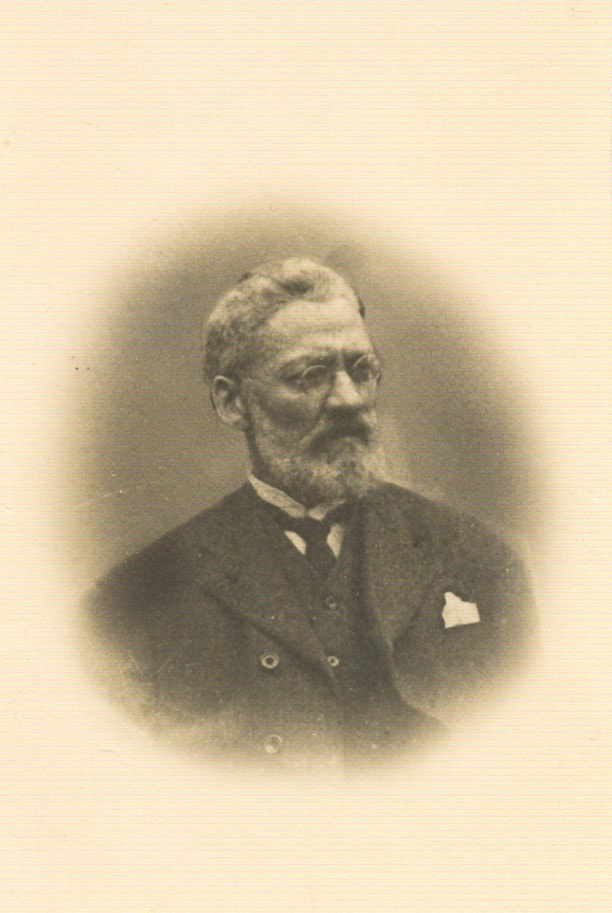
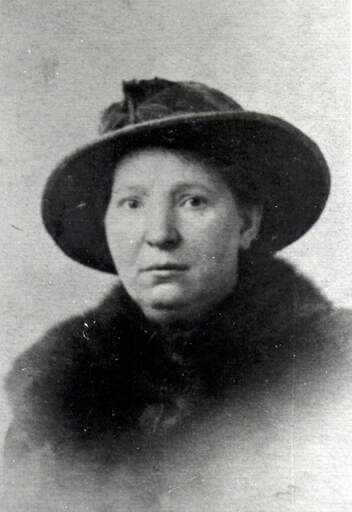
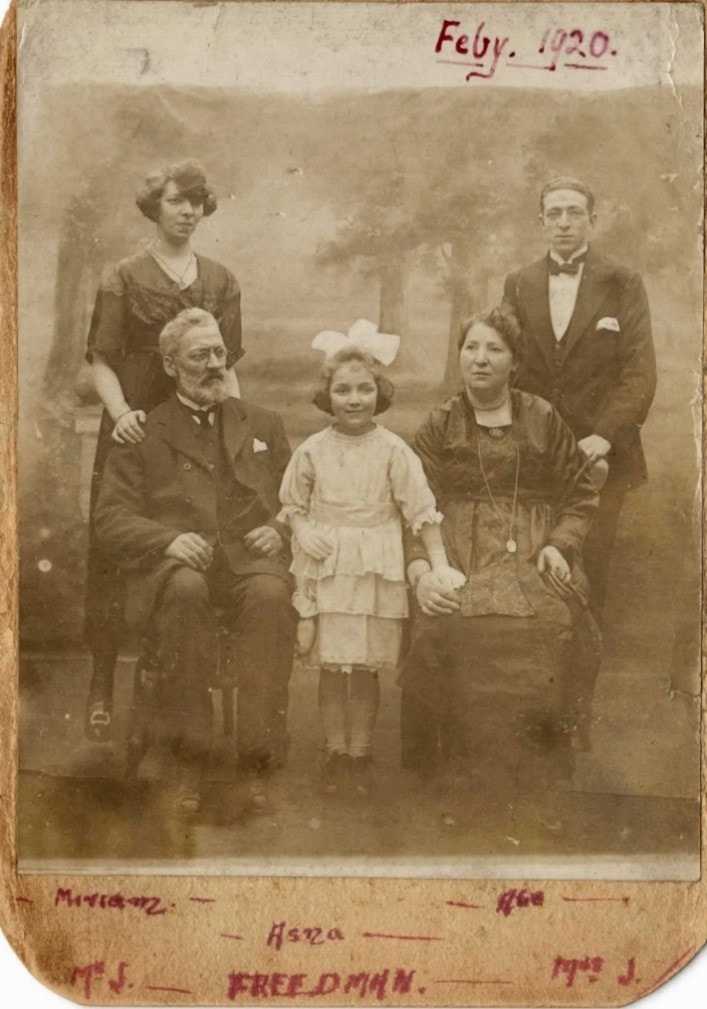
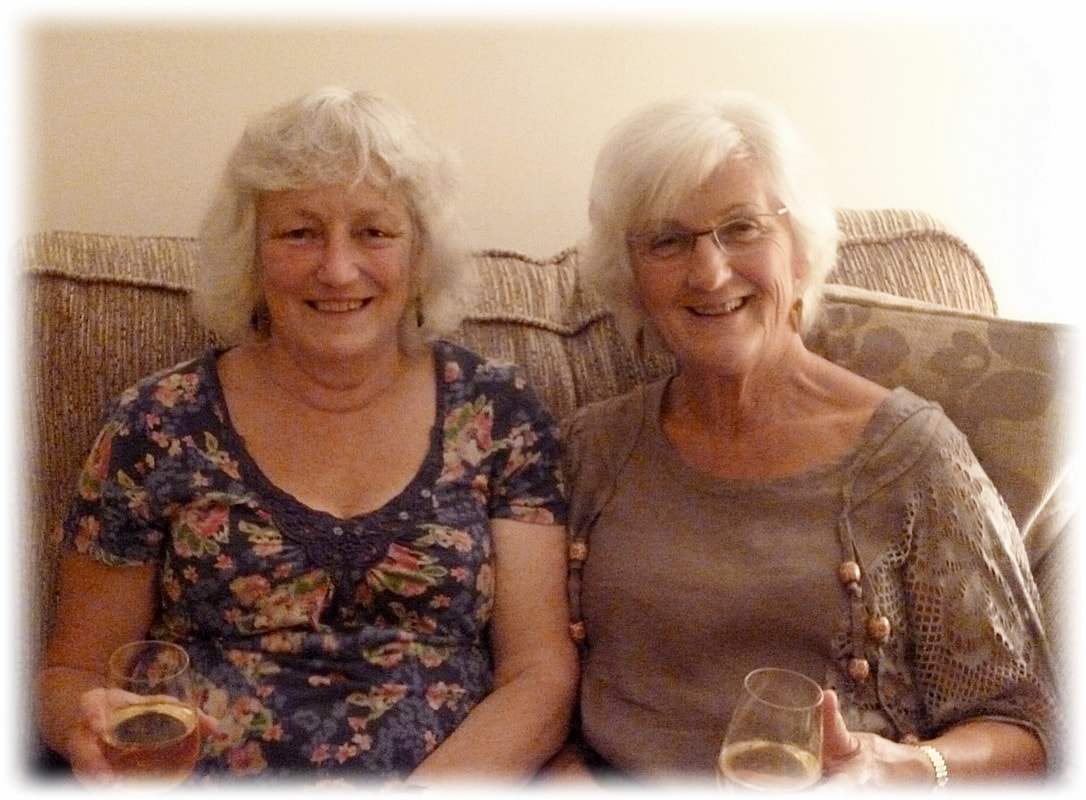

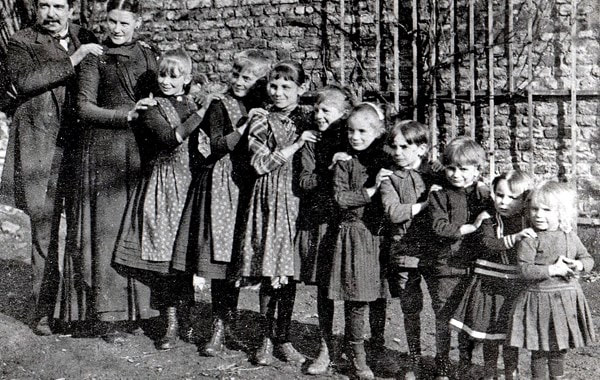
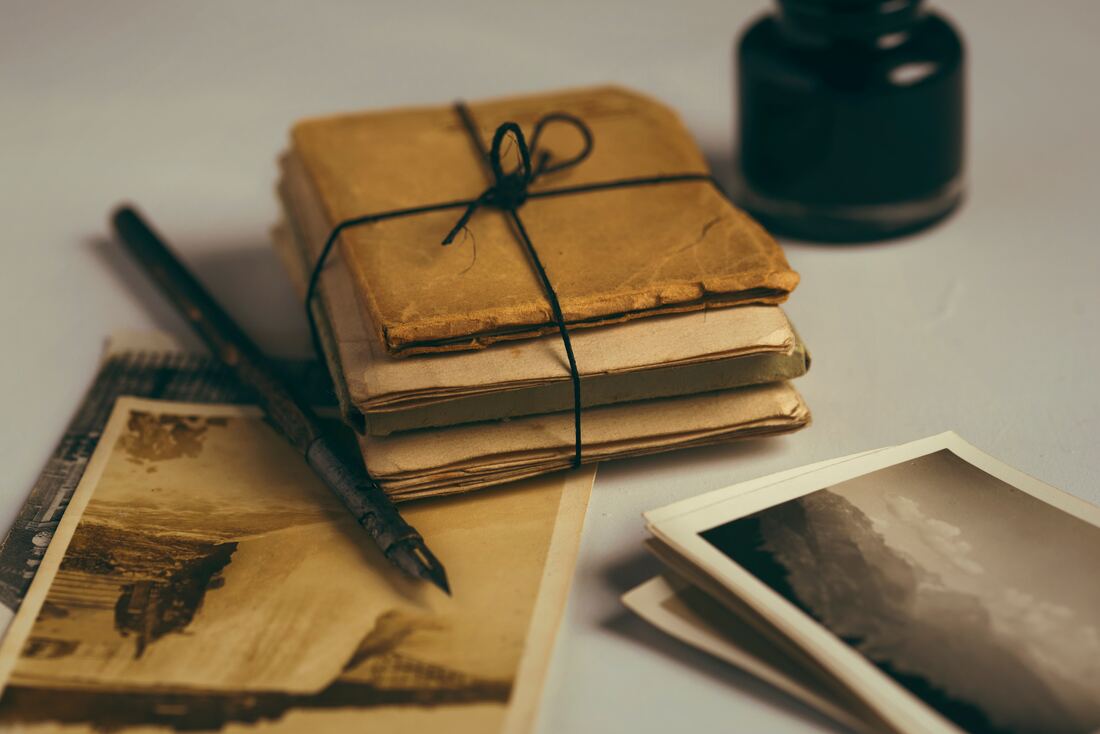
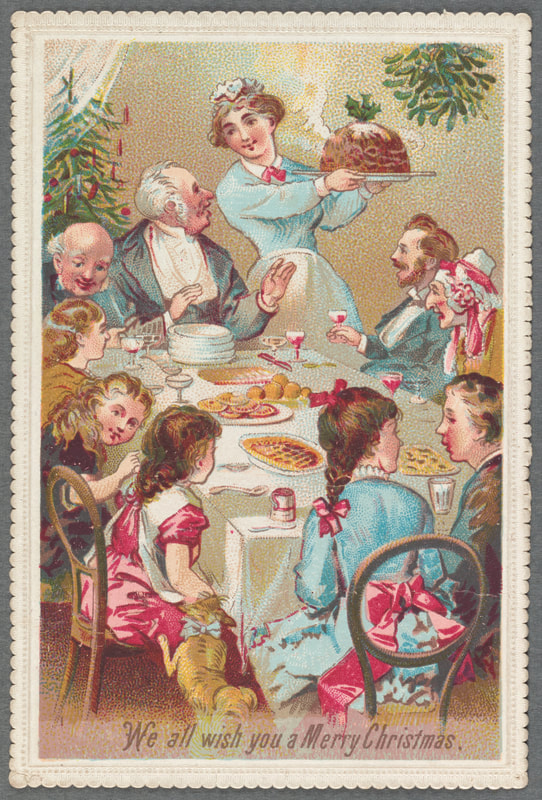
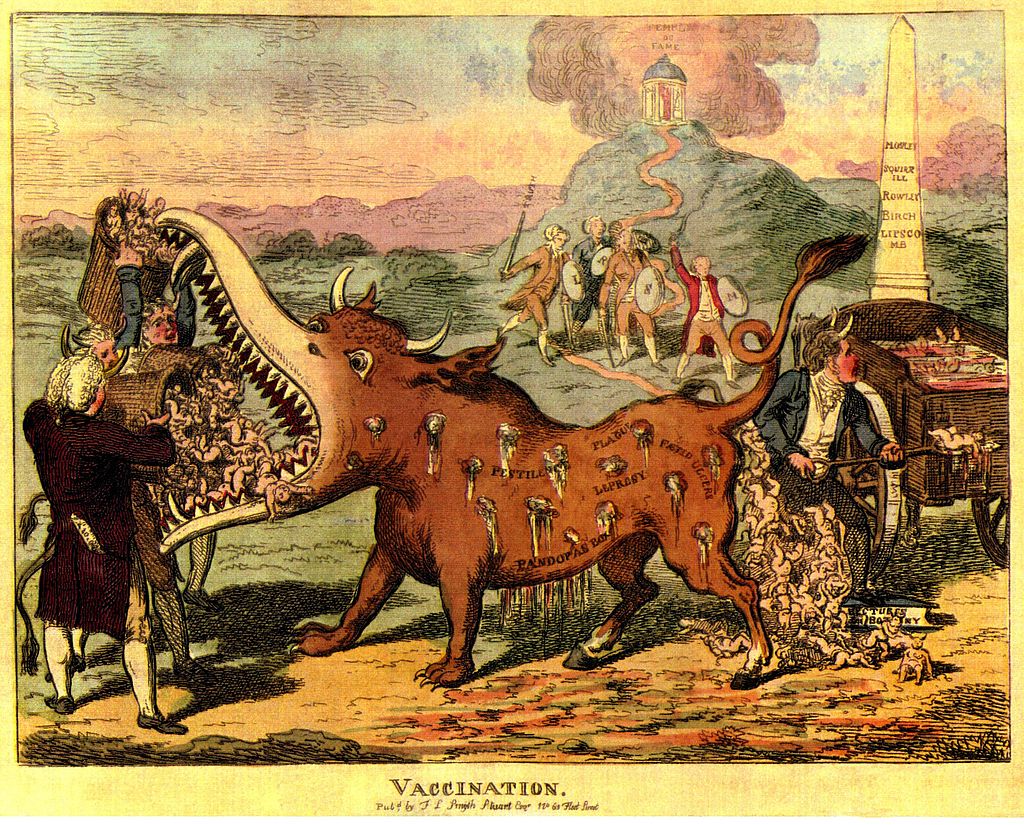
 RSS Feed
RSS Feed
